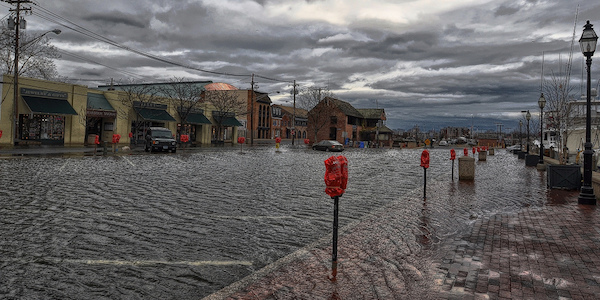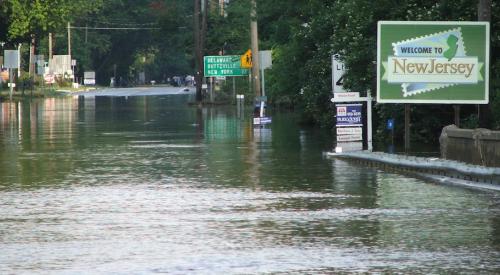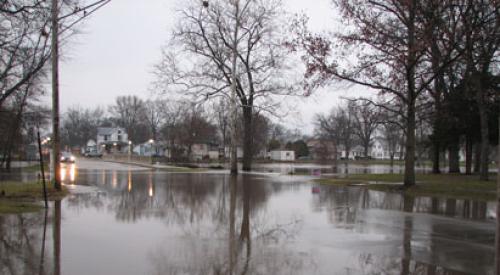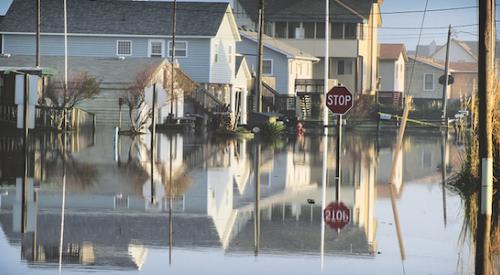Tidal flooding in calm weather has moved beyond being an occasional nuisance to a common occurrence in several communities along the East and Gulf Coasts. Among the areas coping with flooding due to sea level rise are Norfolk, Va., Fort Lauderdale, Fla., Charleston, S.C., and Tybee Island, Georgia. Flooding ranges from a few inches to several feet deep, but these events have significant impacts including halting traffic, preventing drainage runoff, submerging lawns, cars, and basements, and fouling fresh water wells with salt and other contaminants. A recent New York Times article notes that land in Norfolk, Va., is slowly sinking, worsening floods there.
Local officials have turned to state and federal governments for guidance and help. Some have asked for billions to pay for flood walls, pumps, and road improvements. To date, Congress has done little to aid vulnerable communities.
The article notes that leading scientists have repeatedly updated their projections on the amount of sea level rise stemming from global warming. In 2013, there was consensus that three feet was the highest plausible rise by the year 2100, but now some researchers say that six or seven feet may be possible.













